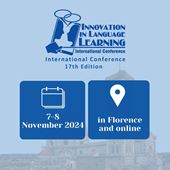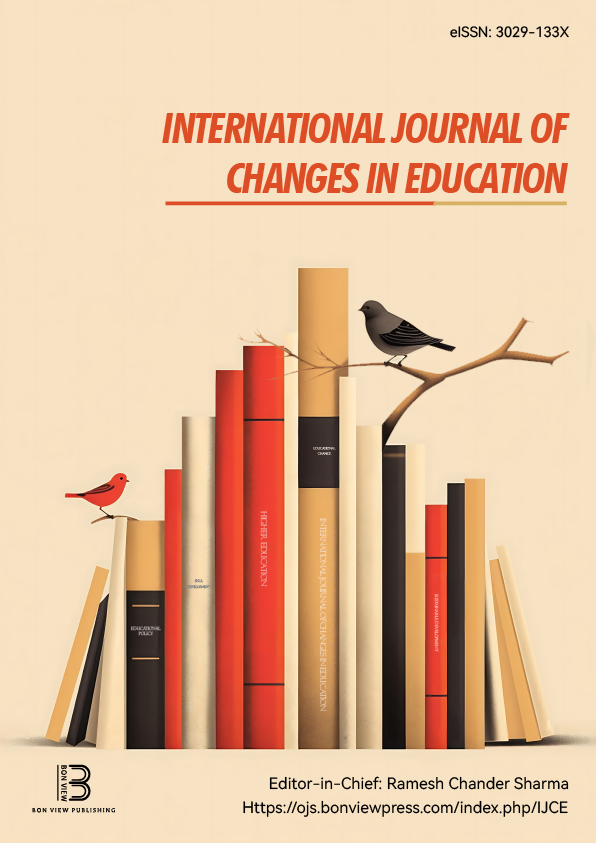Problems EAL Professional Face when Teaching Roma Teenagers
Justyna Duchowska, Nazarbayev University, Nur-sultan (Kazakhstan)
Abstract
The aim of this study is to investigate the problems English as an Additional Language (EAL) professionals face when providing English support to Roma teenagers in secondary schools in Derby in North England. In addition, this study aims at finding out how intercultural awareness can help those professional overcome these potential issues. There is a limited research on Roma teenagers and English language learning. Thus, this may cause great difficulties to EAL professionals who offer English support to Roma students. Roma culture is very unique and shows many aspects which other societies may not relate to, for example social exclusion, Special Educational Needs, English as a second language and challenging behaviour. A potential solution to this problem may be intercultural awareness and its value in teaching minority groups. The method for this study is quantitative. The questionnaire of 16 questions with open, closed and rating scale questions along with an opportunity to add additional comments was used. The study highlights the factors of challenges and issues EAL professional face when teaching Roma teenagers, for example low ability and level of literacy skills, behavioural issues and poor attendance. The study confirms that intercultural awareness can help when providing English support to Roma teenagers. In addition, the study highlights the importance of trainings and workshops.The aim of this study is to investigate the problems English as an Additional Language (EAL) professionals face when providing English support to Roma teenagers in secondary schools in Derby in North England. In addition, this study aims at finding out how intercultural awareness can help those professional overcome these potential issues. There is a limited research on Roma teenagers and English language learning. Thus, this may cause great difficulties to EAL professionals who offer English support to Roma students. Roma culture is very unique and shows many aspects which other societies may not relate to, for example social exclusion, Special Educational Needs, English as a second language and challenging behaviour. A potential solution to this problem may be intercultural awareness and its value in teaching minority groups. The method for this study is quantitative. The questionnaire of 16 questions with open, closed and rating scale questions along with an opportunity to add additional comments was used. The study highlights the factors of challenges and issues EAL professional face when teaching Roma teenagers, for example low ability and level of literacy skills, behavioural issues and poor attendance. The study confirms that intercultural awareness can help when providing English support to Roma teenagers. In addition, the study highlights the importance of trainings and workshops.
Keywords: second language acquisition, culture, intercultural awareness, education, English language teaching.
 The Future of Education
The Future of Education

























